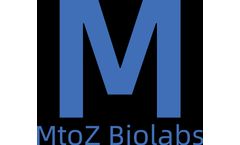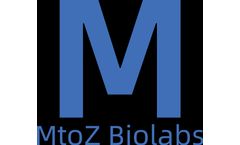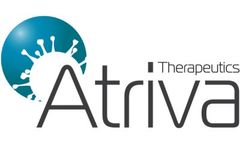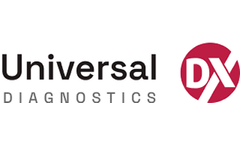Pcr Amplification Articles & Analysis
18 articles found
Reverse Transcription: The 3' cleavage products, now attached to the 5' adaptor, are reverse transcribed into complementary DNA (cDNA). Amplification: The cDNA is amplified through polymerase chain reaction (PCR). Digestion: The PCR products are digested with MmeI to produce fragments of 20-21 nucleotides. Ligation and ...
This includes the removal of adapters, PCR primers, and low-quality bases from the sequencing reads. The quality of sequences is assessed using the Phred quality score, where a higher score indicates better quality. ...
An extraordinary attribute of long-read sequencers is their ability to directly sequence raw DNA/RNA samples, obviating the need for PCR amplification. Additionally, they exhibit an unbiased approach toward CG nucleotides and offer the direct detection and retrieval of methylation information. ...
This technology identifies the diversity and specificity of T cells by measuring the sequences of the rearrangement regions of the TCRβ chain or α chain genes.(1) Sample Preparation: Total RNA or DNA is extracted from blood, tissue, or other samples enriched with immune cells.(2) Amplification: PCR amplification is performed using specific ...
Reverse Transcription into cDNAThe RNA is transformed into cDNA using reverse transcriptase.3. PCR Amplification of Variable RegionThe variable region is amplified by PCR.4. ...
That is, blood is first taken, RNA from lymphocytes in the blood is extracted, reverse transcribed into cDNA, and then PCR amplification is performed. After electroporation into competent cells, a phage library is established, and multiple positive clones are obtained through phage display technology.Step 3: Expression and purification of positive clones. ...
Moreover, an artificial exogenous QuantiNova RNA internal control (Qiagen, Venlo, Netherlands) was included during the nucleic acid purification to monitor the RNA purification efficiency and the RT-PCR amplification. A Rotor-Gene Q™ Real-Time PCR detection system (Qiagen, Venlo, Netherlands) was used for amplification, and ...
One such emerging technology, linear amplification-mediated polymerase chain reaction (LAM-PCR), is gaining significant attention for its proficiency in performing near-full spectrum genetic studies. ...
• Surface Attachment and Bridge Amplification The reaction of Solexa sequencing is carried out in a glass tube called flow cell, and flow cell is subdivided into 8 Lanes, each of which has a number of fixed single strand joints on the inner surface of each Lane. ...
Read the QC parameters: Base quality score distribution Sequence quality score distribution Read-length distribution GC content distribution Sequence duplication level PCR amplification issue Biasing of k-mers Over-represented sequences Data preprocessing With a comprehensive QC report (which generally involves the above parameters), researchers can determine ...
Preprocessing to eliminate uninformative data Removal of adapters, PCR primers, and low quality bases is a necessary step for quality control of sequences. ...
With its advantages of long read length and no PCR amplification (to avoid errors introduced by PCR amplification), long read human resequencing has become a brand-new strategy for mining genetic variation information of human genome. ...
DNA microarray technology can be combined with PCR amplification of target genes to obtain highly sensitive results. ...
NGS-based HLA-targeted methods (e.g., PCR-based target amplification, hybridization capture technique), whole exome sequencing (WES) and whole genome sequencing (WGS) are currently available to help analyze the complete nucleotide sequences of HLA regions. ...
CHALLENGE The products for detecting human pathogens, utilize PCR technology, where target DNA segments are amplified, generating thousands to millions of copies of a particular DNA sequence. ...
According to Hense, a methyl group at the fifth position of cytosine renders the group impossible to be digested by the enzymes, and "after successful incubation of DNA with MRSEs and PCR amplification, only methylated DNA results in a detectable PCR result." Universal Dx then applies its proprietary bioinformatics pipeline to the ...
Yersinia enterocolitica has been detected in surface water, and drinking untreated water is a risk factor for infection. PCR-based methods have been used to detect Y. enterocolitica in various sample types, but quantitative studies have not been conducted in water. In this study, quantitative PCR (qPCR)-based methods targeting the Yersinia virulence genes ail and yadA were used to survey the ...
Shiga-like toxin genes (stx1 and stx2) were detected in selected isolates by polymerase chain reaction (PCR) amplification. Isolates of E. coli O157:H7 were also tested by the Kirby-Bauer method for their resistance to eight different antibiotics. ...










